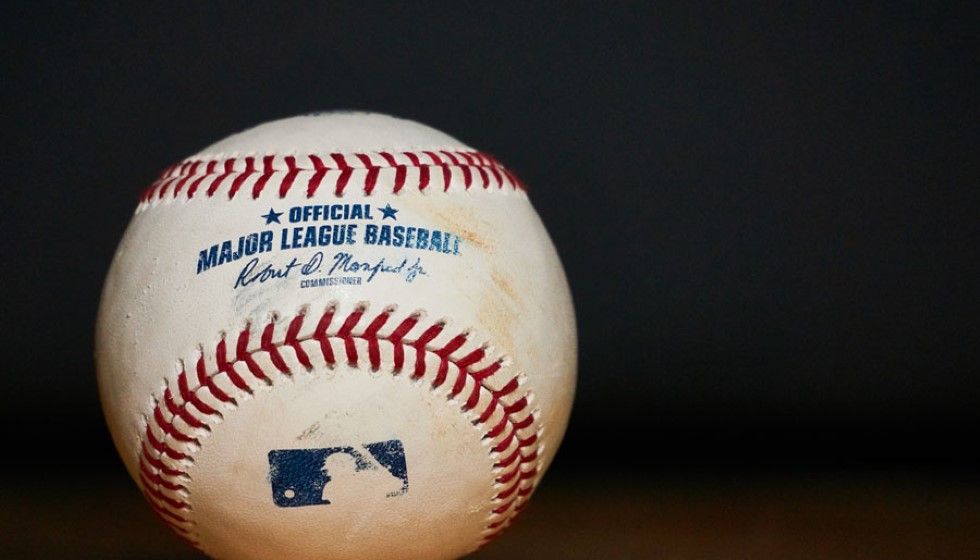
The 2023 Major League Baseball (MLB) season is witnessing an alarming rate of pitcher injuries that is casting a shadow over the game. The increase in injuries, particularly torn elbow ligaments, has reignited concerns over player health and the demands of modern pitching. Notably, pitchers such as Eury Pérez and Shane Bieber are sidelined for the rest of the season due to these severe injuries. This disturbing trend is accompanied by Jonathan Loáisiga and Spencer Strider, who have also succumbed to season-ending elbow surgeries. Furthermore, Framber Valdez's recent withdrawal from a start due to elbow soreness emphasizes the widespread nature of this issue.
Alarming Statistics
Statistics reveal a stark picture: 34.2% of pitchers participating in MLB games have undergone Tommy John surgery—a procedure that replaces a torn ligament in the elbow. On Opening Day, 132 pitchers were on the injured list, accounting for a staggering 80% of all assignments. These figures highlight a crisis of player health that threatens to disrupt the very fabric of the game.
Root Causes and Concerns
A myriad of factors contribute to this escalating injury rate. Tony Clark, a prominent figure in the players' union, has pointed fingers at the introduction of the pitch clock, arguing that it has inadvertently increased the risk of injuries by forcing pitchers to rush their preparations. Despite MLB's reliance on a study that found no direct link between the pitch clock and the risk of injury, skepticism remains.
Moreover, the tendency of pitchers to throw harder poses another significant risk factor. This increase in velocity, although beneficial from a competitive standpoint, strains the body beyond its limits. The crackdown on the use of foreign substances, intended to level the playing field, might have also inadvertently increased the pressure on pitchers, leading to more injuries. Additionally, the culture of early specialization and a focus on velocity in youth baseball is setting the stage for these injuries early in players' careers.
The players' union has voiced its criticism more specifically regarding the reduction in the pitch clock length. It argues that such changes were made despite "unanimous player opposition and significant concerns regarding health and safety." This critique suggests a deep-seated concern among players about the direction in which the game's regulations are heading.
Maximizing Effort and Facing Consequences
Current pitching strategies emphasize maximum effort from players. This approach is a double-edged sword; on one hand, it enhances the competitive edge, but on the other, it significantly increases the risk of injuries. The question arises: "How can you tell somebody not to utilize their full capabilities, especially when they can throw 100 mph? Yet, something needs to change," highlighting the dilemma facing the sport. Players are caught between the demands of competitive baseball and the limits of human endurance.
Reevaluation of Pitching Strategies
As MLB grapples with this crisis, a reevaluation of current pitching strategies and regulations is imperative. The health and career longevity of players must be prioritized over short-term gains. The emphasis on velocity and power should be balanced with a comprehensive approach that considers the physical toll on athletes. Preventive measures, such as adjusting training methodologies and considering biomechanical insights, could play a crucial role in mitigating injury risks.
In conclusion, the 2023 MLB season's spike in pitcher injuries serves as a stark reminder of the physical demands and risks associated with professional baseball. As the sport continues to evolve, so too must its approach to player health and safety. Addressing the root causes of this injury epidemic requires a collaborative effort involving players, coaches, medical professionals, and league officials. Only through such a holistic approach can baseball hope to protect its athletes and ensure the longevity of their careers.